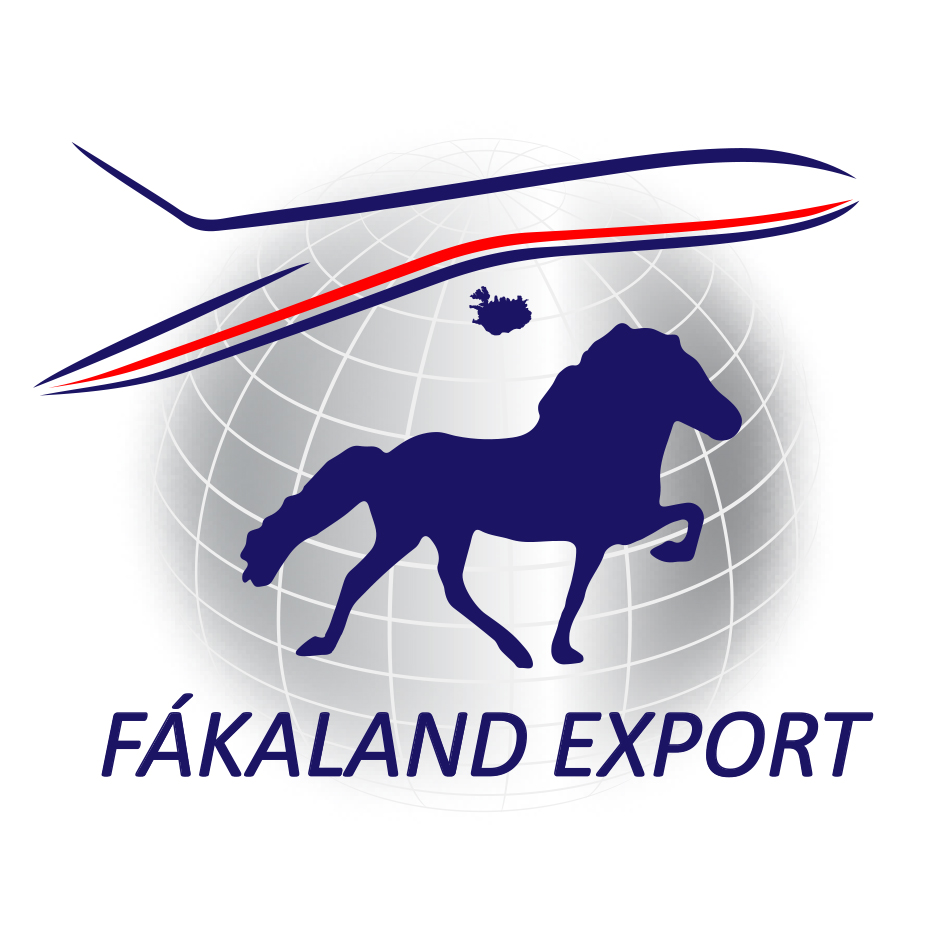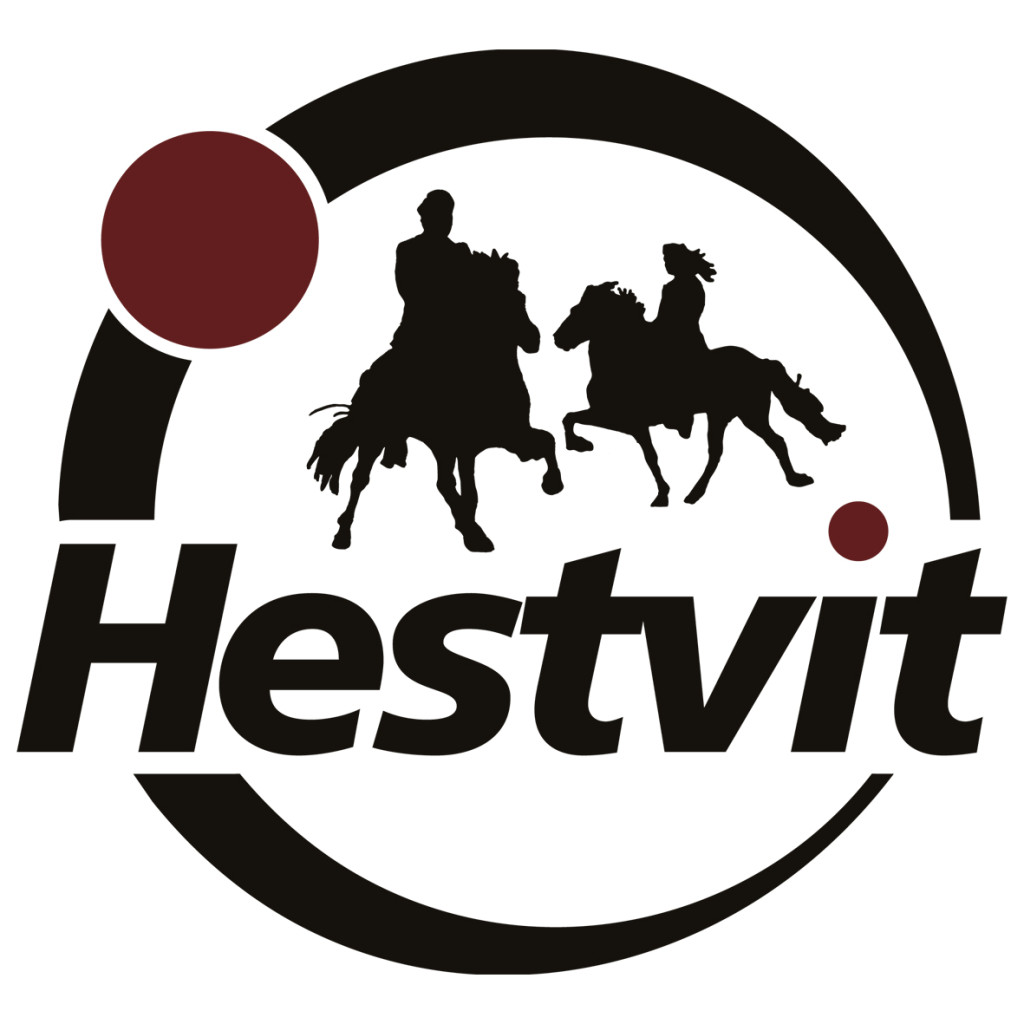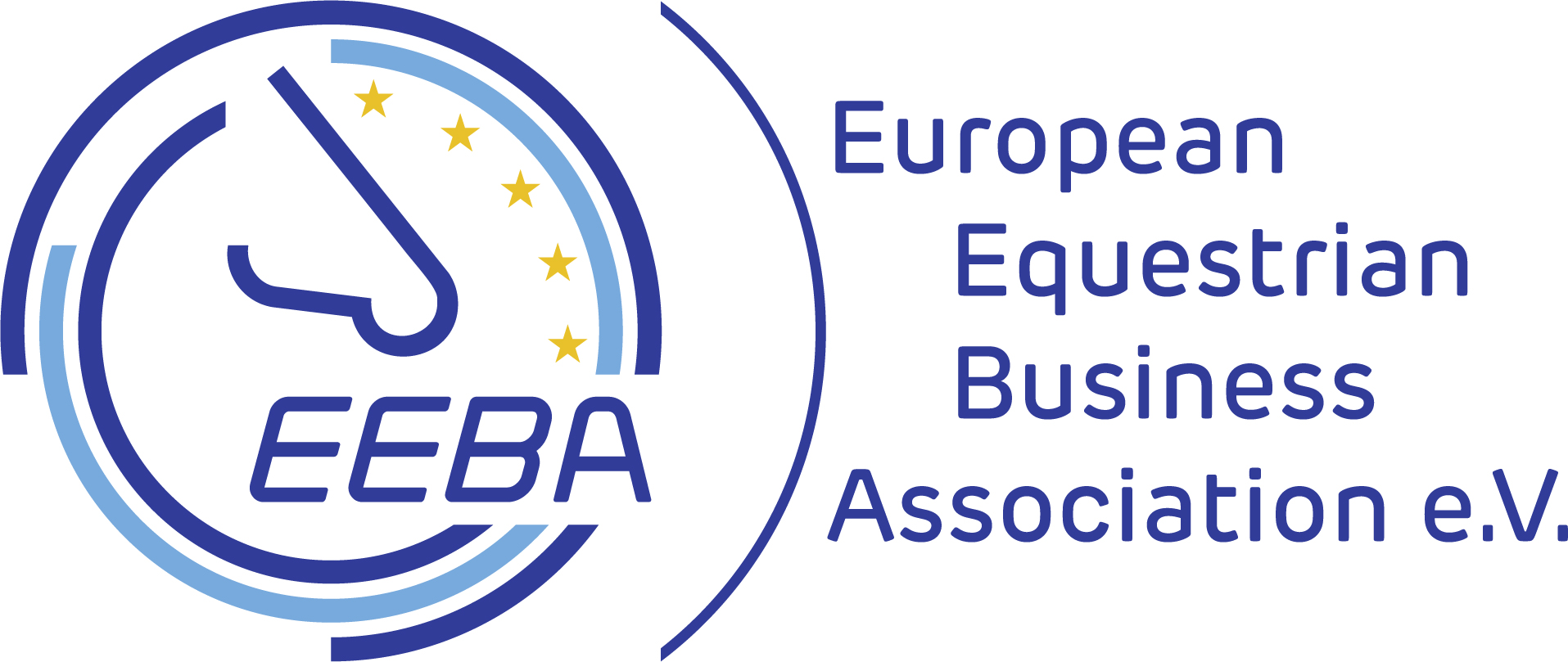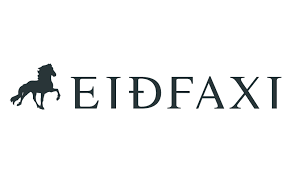“I was 15 when I saw the first Icelandic horses in the Netherlands,” Lex van Keulen says with a dreamy expression. “When I went to school I always rode my bicycle, and, in the winter, I saw a few horses. They appealed to me extremely. Later I learned that they were the first Icelandic horses in the Netherlands. Then one day the meadow was empty, and I always had the feeling something had been taken away from me,” he continues. “Twenty years later I was living beside an importer of Icelandic horses. There was no helping it: I got my first Icelandic horse and that was that.” From then on, Lex has owned Icelandic horses, or until he had to give up riding due to medical reasons. “I managed to keep going until 2003 but then it became impossible for me to ride and take care of horses. So, I gave my horses away.” Lex has a special affection for his stallion Baldur, which is now 32 and still in good shape. “I make drawings of him,” Lex says with a smile. “And I write books.”
.jpg)
Along with riding instructor Vanda Oosterhuis, Lex wrote an extensive book covering all major topics of breeding, keeping, training and riding Icelandic horses. Originally published in Dutch, last year The Complete Guide to the Icelandic Horse appeared in English. At almost 400 pages, it’s the most comprehensive publication on the breed available in the English language – the official language of FEIF (the International Federation of Icelandic Horse Associations). “First I wrote a book about my own life with Icelandic horses and with some stories about them and that was a success. Then I saw that there was no comprehensive book about Icelandics in the English language,” says Lex. “So, I asked about 20 other people to write about their specialties and Vanda to assist with all the text. We had a very good cooperation after the first book [the Dutch version] – and we still talk!” Lex laughs. “I think it’s rather peculiar because when two people work on one book it mostly means trouble. But even the English book did not end our cooperation.”
Vanda, a Centered Riding instructor, Connected Riding practitioner and Tellington TTouch practitioner, teaches horse training and riding with good body awareness. Since 1973, she has owned and bred Icelandic horses in the Netherlands but mostly teaches people on their own horses. “Lex asked me for help because of my expertise with Icelandics. I enjoyed very much to first co-write the Dutch book and then help with the translation into English (it needed some changes). The parts about riding, groundwork, care, saddles and bits are mostly mine. I used of course information that we got from many others too, I am not omniscient!”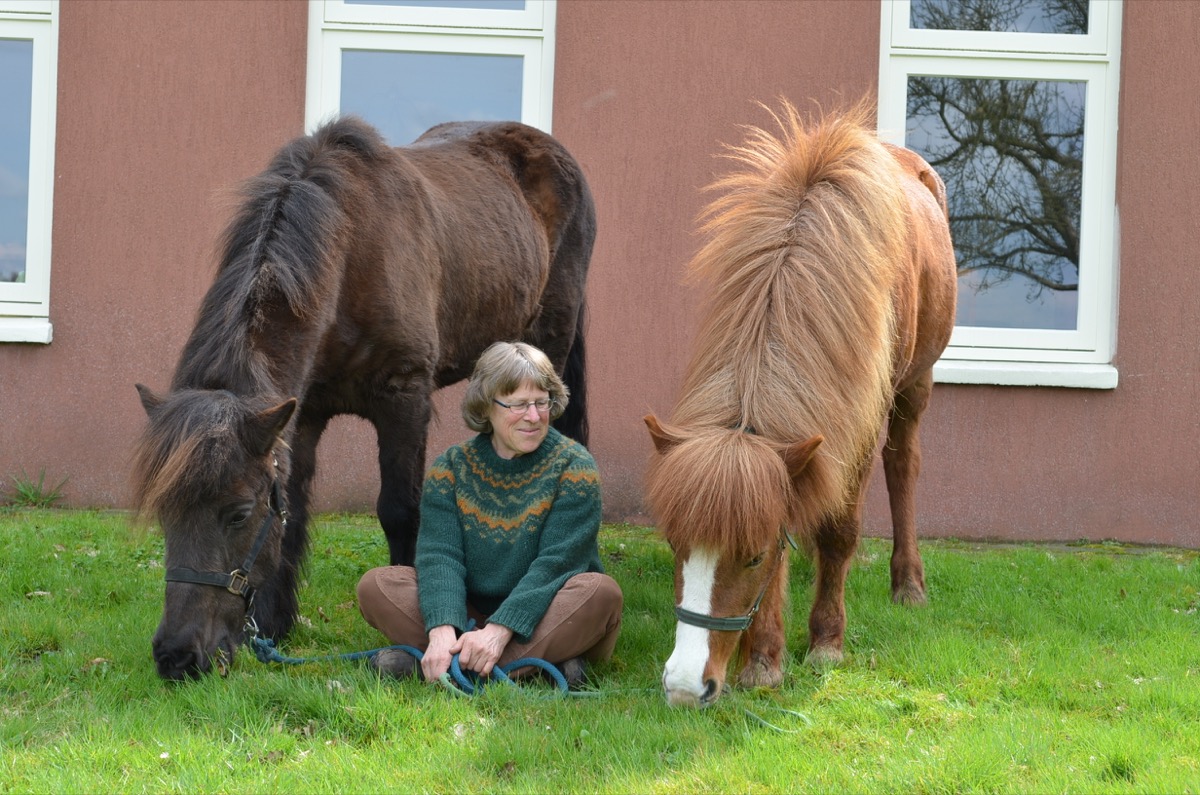
The training and riding techniques described in the book are in line with FEIF regulations. Both Lex and Vanda emphasise the importance of horse owners educating themselves to avoid mistakes which could corrupt the relationship between man and horse and cause problems during training and riding. The goal should be that “the horse can do what you ask from him willingly and without problems,” Lex explains. “You must take the time get to know your horse and make him your partner instead of your servant.” Training and riding methods, along with the criteria for judging in competitions, have changed dramatically in the past 30 years. Now they centre on how we can “ride a horse so that it is not only nice but also healthy for the horse and win in competitions,” says Vanda. She also highlights the importance of a balanced seat, a well-fitting saddle and bit and taking into account the anatomy of the horse and rider.
The book also discusses the five gaits of the Icelandic horse and how training it differs from training three-gaited horses. “But good riding and good dressage training that makes a horse supple with the power coming from behind doesn’t differ much from training other breeds,” Vanda points out. The book further informs that as Icelandic horses are used to growing up in herds and relying on their own instincts, riding them may be different from riding many European breeds. “In Europe we want to direct the horse with every move he makes and say to the horse: ‘Now put your left foot on the ground, and now your right foot.’ Icelanders listen to their horses. They say: ‘Here is point A and we want to get to point B and you can choose how you do it.’ They let the horse think for himself,” Lex states.
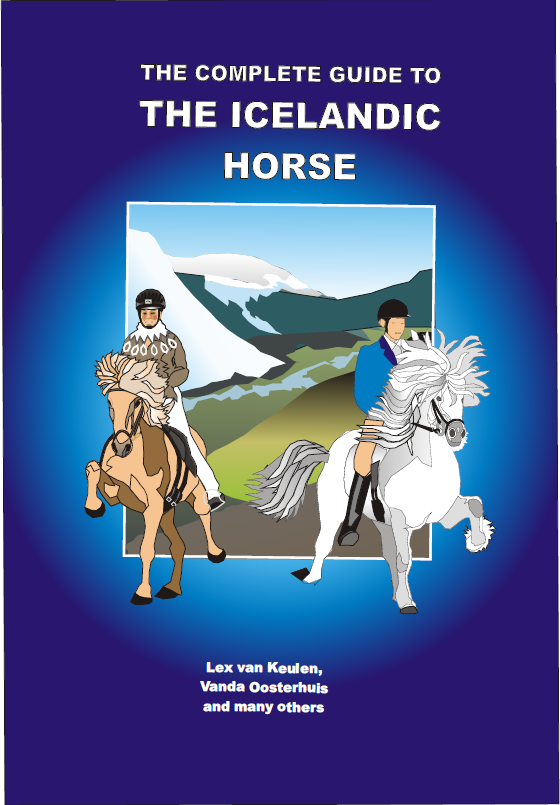
When asked what it is about Icelandic horses that he loves, Lex responds: “The character. How they can stand in a meadow and do absolutely nothing and then explode and play around. And also, when you mount you feel all those muscles move under your saddle – it’s a powerhouse!” Vanda, too, has a special affection for the breed. “It’s their independent character, the tölt, the handy size and hardiness.” She is also fond of their fluffy winter coats, or “woolliness” as she describes it, “being still a horsey-girl that likes to cuddle horses.” While recommending Icelandic horses, Lex and Vanda also recommend acquiring The Complete Guide to the Icelandic Horse. “I think it is especially good for people who like to ride well and who want to know more about the background of the Icelandic horse,” says Vanda. “Especially someone who is buying his or her first horse should get this book.”
Text: Eygló Svala Arnarsdóttir.
Photos: Courtesy of Lex van Keulen.
The Complete Guide to the Icelandic Horse is available at the following locations:
For the U.K.
Mic Rushen: info@solva-icelandics.co.uk
For Europe
Nyttorp: https://www.nyttorp.com/shop/product/the-complete-guide-to-the-icelandic-horse?tm&sm
For the USA
Ásta Dögg Bjarnadóttir-Covert
Flying C Ranch Icelandic Horses
flyingctack.com
For the Netherlands
atorka.nl/winkel/the-complete-guide-to-the-icelandic-horse/
For further information, visit the book’s Facebook page.

-2.jpg?280x160;crop)





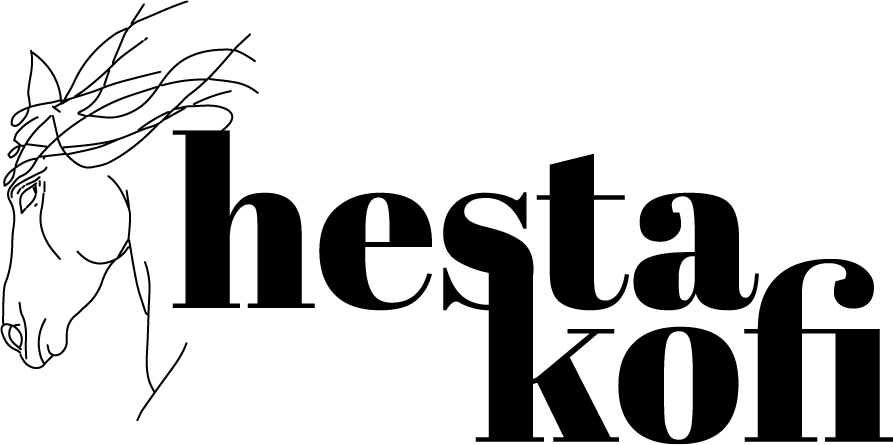




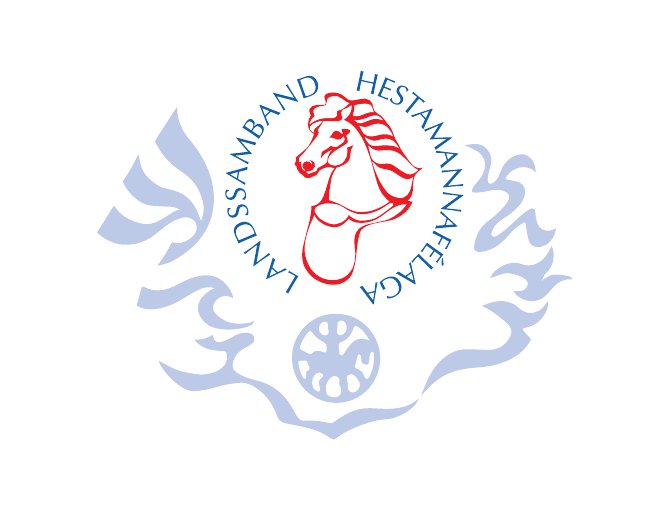



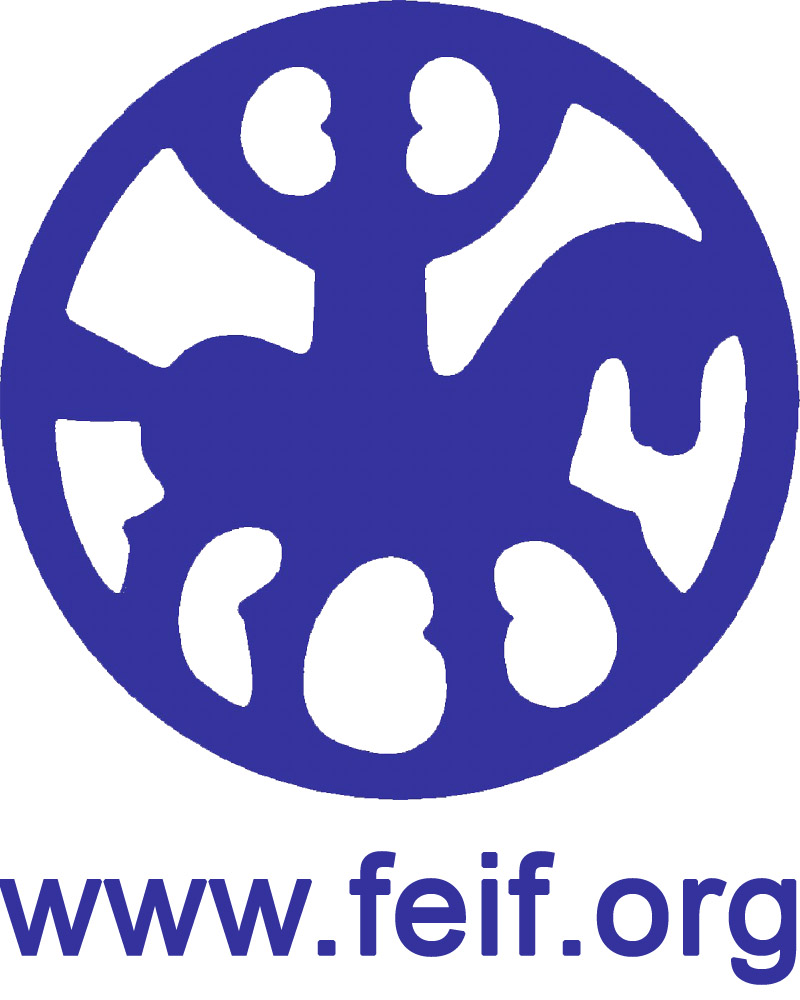
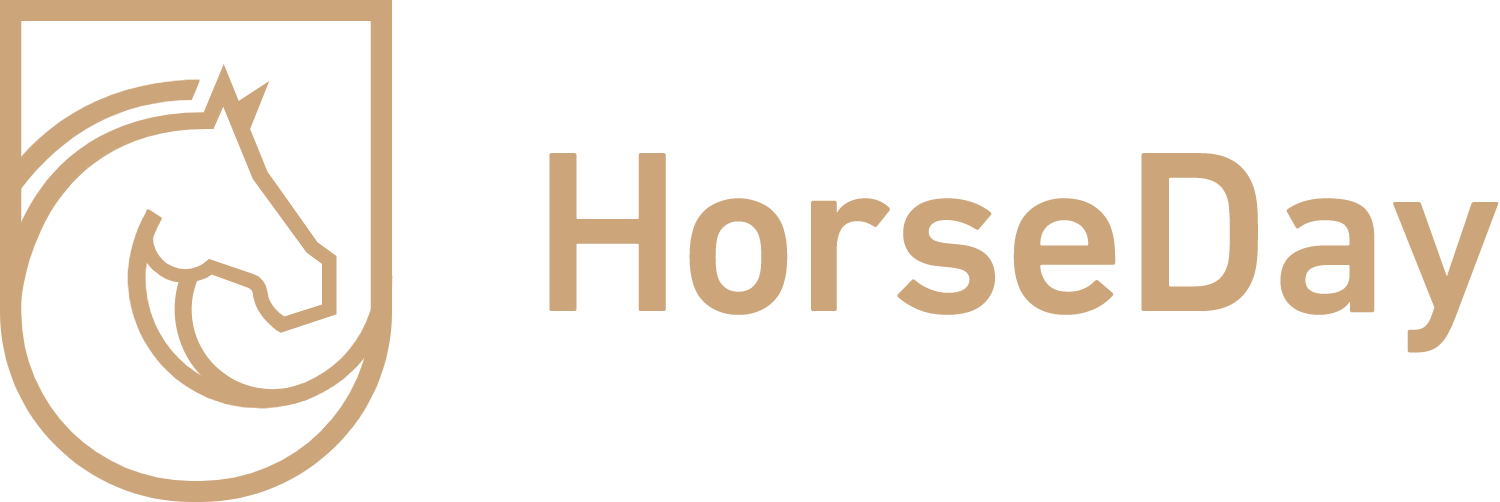
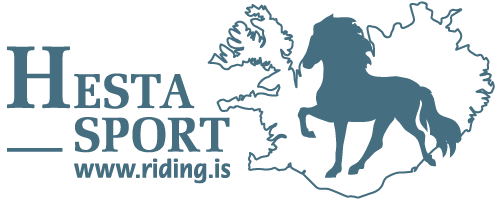


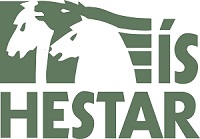

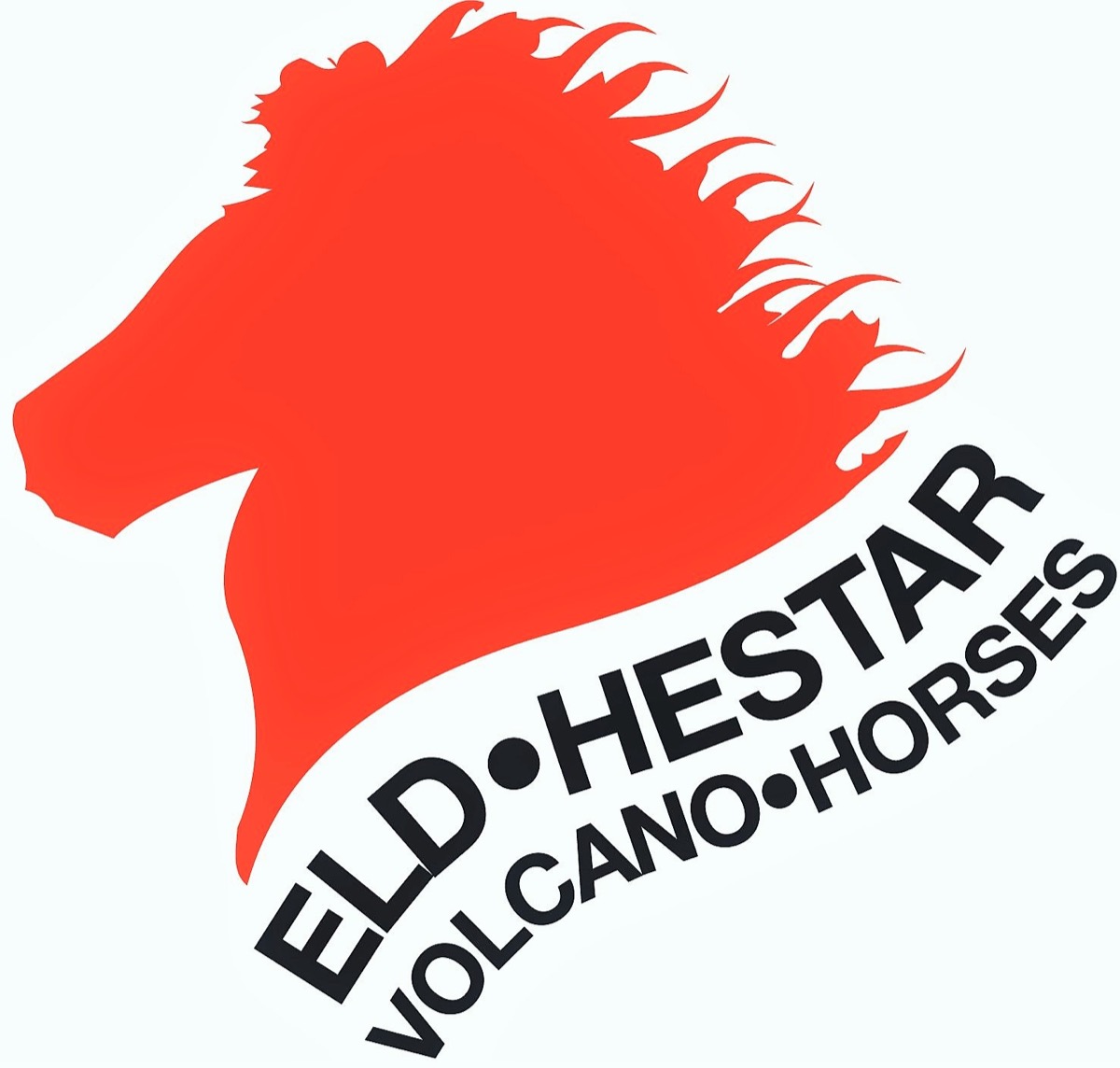
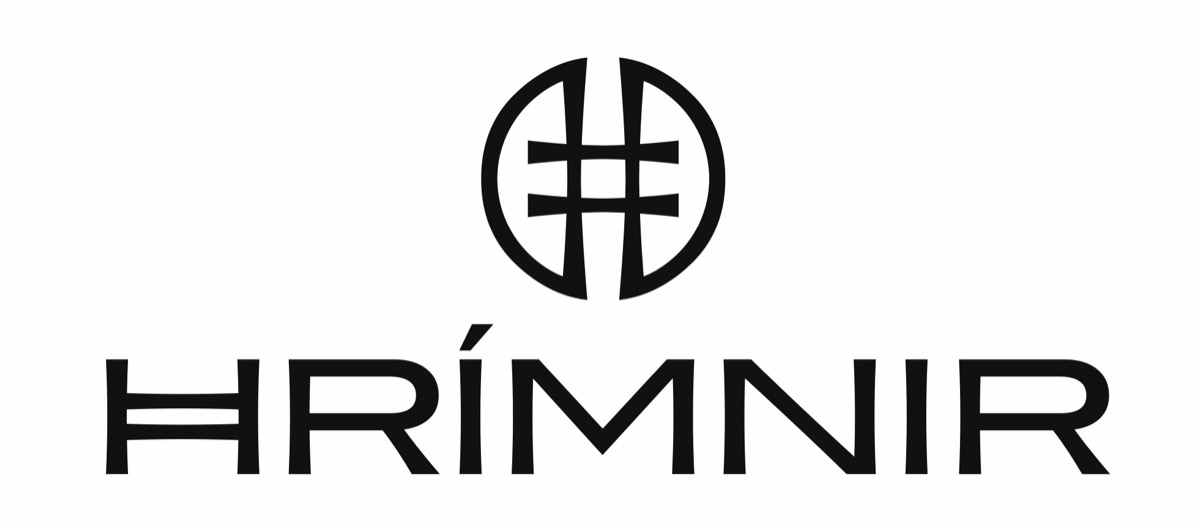


-1.jpg)
